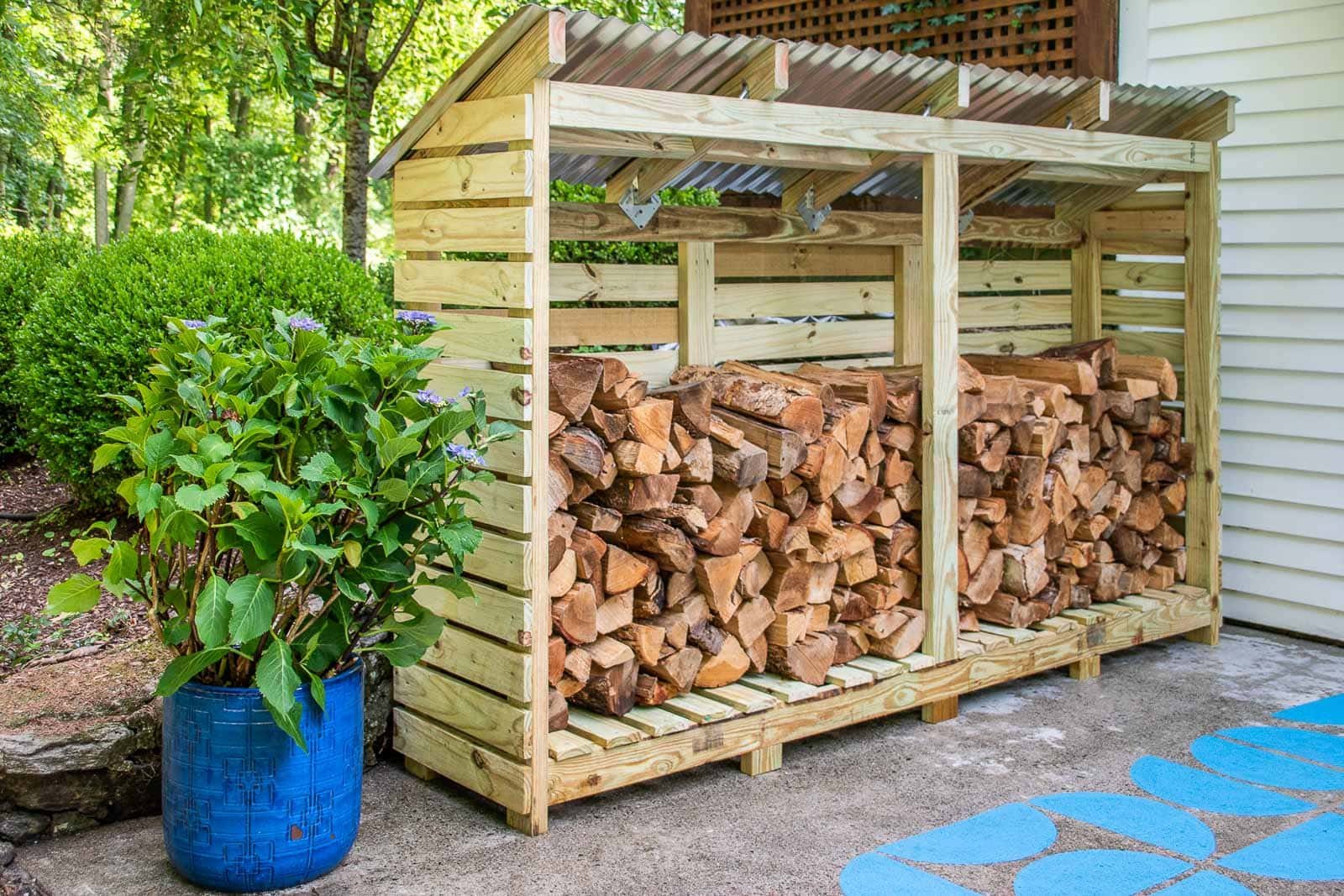
UNSEASONED FIREWOOD DRYING
Freshly cut firewood requires a drying period before it can be burned efficiently. Green or unseasoned wood contains a high moisture content, which can lead to excessive smoke, creosote buildup, and reduced heat output when burned. The drying process allows the wood to lose this excess moisture, and we recommend a moisture content of under 20%, resulting in a hotter, cleaner, and more efficient burn. Properly seasoned firewood ignites easily and generates more usable heat for your home. Investing the time to allow your firewood to fully dry is an important step in getting the most value from your fire.
Follow the tips below to ensure your firewood dries to an acceptable moisture content before burning it in winter.
The best place to dry freshly cut firewood is outside. If you throw it straight into a garage or a sealed firewood shed, it will take twice as long because it isn’t getting assistance from the sun or air movement. We recommend stacking firewood loosely under the eave of a house, leaving a gap between the exterior wall and the end of the firewood, or in a shed with an open front to allow air to circulate around the firewood.
Stack in singular rows, ensuring to leave an air gap between them to allow air to draw moisture from the cut ends of the firewood.
To avoid moisture soaking up from the bottom, stack firewood on concrete or elevate it off the ground on a wood pallet, which also helps increase airflow.
Once dry, we recommend moving the firewood out of the elements and into a garage or sealed wood shed. To check if the firewood is dry, it should feel dry to the touch, be lighter in weight, and when banged together, it should create a hollow sound. The way we check is by using a moisture content reader or lighting a fire; if it ignites easily and produces good heat, you know it’s dry.
